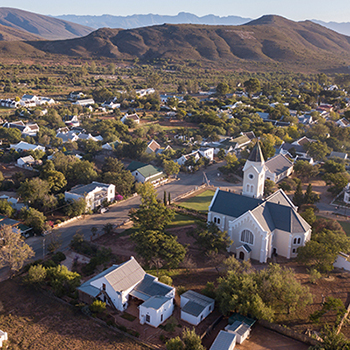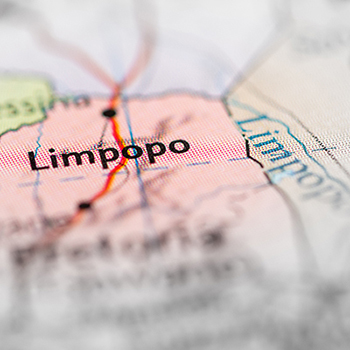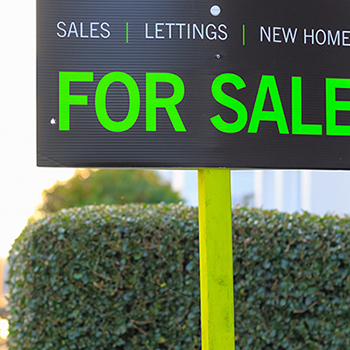Property Newsletter | October 2023

Many roads lead to small towns
and back to the office
Many compounding factors over the last few years have resulted in a weak economy and high interest rates. While this has had its impact on the residential property market with overall sales volumes lower now than pre-Covid, it is encouraging to see how the relative proportion of sales in some areas (provinces/municipalities/towns) is getting an even larger proportion of the sales than pre-2019. Also in this October issue of Property Newsletter, Lightstone analyses the residential property market in Limpopo which highlights the growing informal sector, and takes a look at the slow creeping impact of high interest rates. Using its sought-after telemetry data, Lightstone takes a look at whether South African’s are following the international trend to return to the office.

Small towns lead sales activity
The Western Cape has significantly grown its share of residential sales activity since Covid while South Africa’s economic engine room, Gauteng, has been the biggest loser. And across the country, it is smaller towns which have benefited rather than the large metros.
Registered property drought in Limpopo
Limpopo’s 6.2 million people make up 10% of South Africa’s population, but the province has the unfortunate distinction of having the most people (85% of province) in the country who do not have access to properties registered at the Deeds Office.


Zooming back to physical teams
Workers are returning to offices in greater numbers around the world – and Lightstone’s data suggests the same is happening in South Africa.
Distressed house sales on the rise
The number of homeowners selling their properties within two years of purchase has jumped from 2% of sales in May 2022 to 3.7% of sales a year later, suggesting that many buyers took advantage of the low interest rates. But then what?


Residential Property Index
National year-on-year house price inflation is at 3.82%, having decreased slightly again since last month. Annual property inflation for properties in the Low Value segment was at 7% compared to 5.6% for properties in the Mid Value segment. Inflation for properties in the High Value and Luxury segments were somewhat lower at 2.5% and 3.4% respectively.

.png)
.png)
.png)
.png)